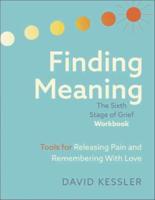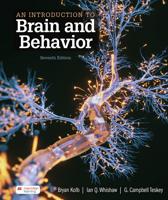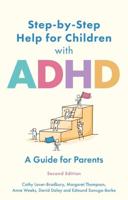Publisher's Synopsis
Current interventions aimed at improving health and increasing engagement in exercise often cluster individuals into groups based on collective characteristics or norms in order to change a behavior. The challenge is to design interventions customized to a single individual based on his or her unique behavior, situation, and characteristics. More recent and rigorous statistical methods may be more appropriate for testing complex hypotheses pertaining to health and exercise behaviors. This book reviews multiple more rigorous and less widely used multivariate methods and measures for assessing and evaluating exercise behavior in a population that is at increased risk for physical inactivity, smoking, and unhealthy diet. Within-group profiles and predictors of exercise are assessed in a study involving a high risk sample. Information presented here can be used by behavioral and social scientists, psychologists, and health and exercise researchers to guide future studies and interventions designed to increase exercise participation of vulnerable populations, and to tailor these interventions to specific needs of these particular individuals.









